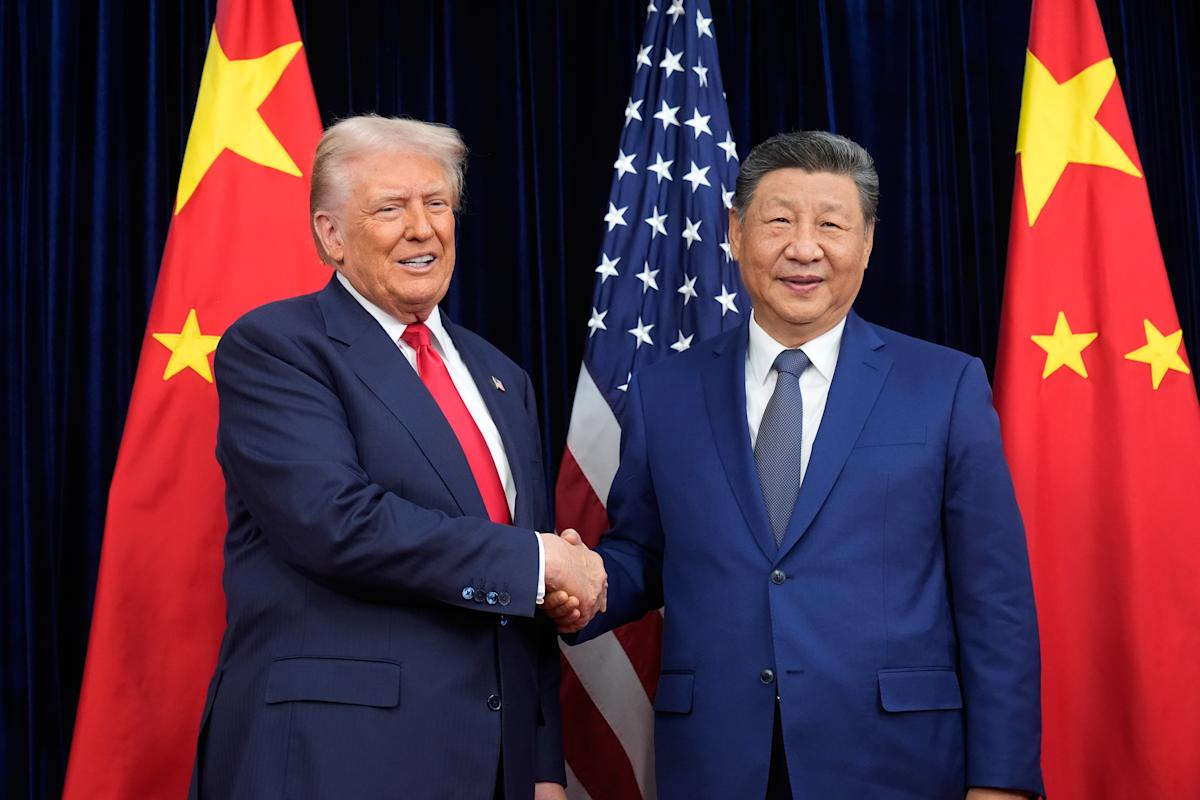A New Chapter in US-China Relations: Understanding the Latest Trade Agreement
On a notable Saturday, The White House unveiled a detailed fact sheet delineating the recent trade agreement achieved between President Donald Trump and China’s President Xi Jinping during a pivotal meeting in South Korea. This agreement marks a significant thaw in the icy relations that have characterized the two powers, and its implications could resonate across global markets and politics.
Key Components of the Agreement
The facts released highlight China’s commitment to suspend additional export controls on rare earth metals, an essential resource for many high-tech industries. Additionally, China will terminate its investigations into American chip companies, a move that should alleviate tensions in the tech sector.
In return, the United States will pause certain “reciprocal tariffs” that had previously been imposed on Chinese goods, extending the moratorium for another year. This includes halting plans to impose a hefty 100% tariff on Chinese exports set to take effect imminently.
Tariff Adjustments: A Focus on Fentanyl
One noteworthy adjustment from the agreement involves the tariffs related to goods associated with fentanyl production. The tariff rate will decrease from 20% to 10% contingent on China taking considerable steps to curb the flow of the drug into the US. This shift effectively reduces overall tariffs on Chinese imports from 57% to 47%. It underlines the significance of addressing shared concerns, especially regarding drug trafficking.
Mediation and Energy Deals
In parallel, the United States has agreed to mediate negotiations between China and Nvidia’s CEO, Jensen Huang, concerning the usage of restricted chips. This crucial intervention suggests a willingness to manage tech-related tensions and foster cooperation between the two nations.
Trump hinted at additional benefits, stating that China would undertake to purchase an increased volume of US energy, potentially involving Alaskan oil and gas. This aspect of the agreement represents a significant pivot towards bolstering energy trade between the two nations.
Resumption of Agricultural Trade
Amid the complexities of the trade agreement, Trump indicated that China would resume purchasing considerable amounts of American soybeans immediately. Agriculture has been a crucial battleground in US-China trade relations, and this commitment signifies an important step toward stabilizing agricultural exports amidst broader geopolitical tensions.
Questions About Durability
While the agreement brings a sense of immediate relief, many observers are questioning its long-term viability. The trade landscape between the US and China has been tumultuous, characterized by rapid escalations and de-escalations. Market analysts are closely watching how these new commitments will impact investor confidence and global economic stability.
Domestic Political Responses
Adding layers to the ongoing narrative, the US Senate recently moved towards repealing some of Trump’s country-specific tariffs, revealing growing bipartisan concerns about the implications of ongoing trade conflicts. This legislative backdrop underscores the complexity of forging a stable trade policy in an intensely polarized political environment.
The Future of Tariffs
As the conversation about tariffs continues, the US Supreme Court is gearing up to hear a case challenging Trump’s broader tariff strategies. Should the court side against the administration, it might significantly reshape the future of the US’s tariff regime, particularly its more controversial reciprocal duties.
Conclusion
The trade agreement reached between President Trump and President Xi Jinping embodies a cautious step towards rebuilding ties between the United States and China. It tactfully balances tariffs, mediation in tech disputes, and promises to bolster energy and agricultural exports. As both sides navigate through these unprecedented times, the repercussions of this agreement will likely cascade through international markets and political arenas for months, if not years, to come.

